President Donald Trump signed an executive order Monday requiring federal buildings be constructed in the style of American classical architectural codes.
Following decades of modernist, brutalist, and deconstructivist designs for federal buildings, Trump has issued an order that will return federal architecture to its original ethos of classical, Neoclassical, Art Deco, Georgian, Greek Revival, and Beaux-Arts that was preferred by many of the Founding Fathers.
“[Notable Founding Fathers] wanted America’s public buildings to inspire the American people and encourage civic virtue,” the order states. “President George Washington and Secretary of State Thomas Jefferson consciously modeled the most important buildings in Washington, D.C., on the classical architecture of ancient Athens and Rome. They sought to use classical architecture to visually connect our contemporary Republic with the antecedents of democracy in classical antiquity, reminding citizens not only of their rights but also their responsibilities in maintaining and perpetuating its institutions.”
“Under the direction and following the vision of these two founders, Pierre Charles L’Enfant designed the Nation’s capital as a classical city,” the order continues. “The promise of his design for the city was fulfilled by the 1902 McMillan Plan, which created the National Mall and the Monumental Core as we know them.”

A view of Union Station from Columbus Circle May 3, 2013 in Washington, DC. (BRENDAN SMIALOWSKI/AFP via Getty Images)

View of an empty street in front of Grand Central station on March 23, 2020 in New York City. (ANGELA WEISS/AFP via Getty Images)
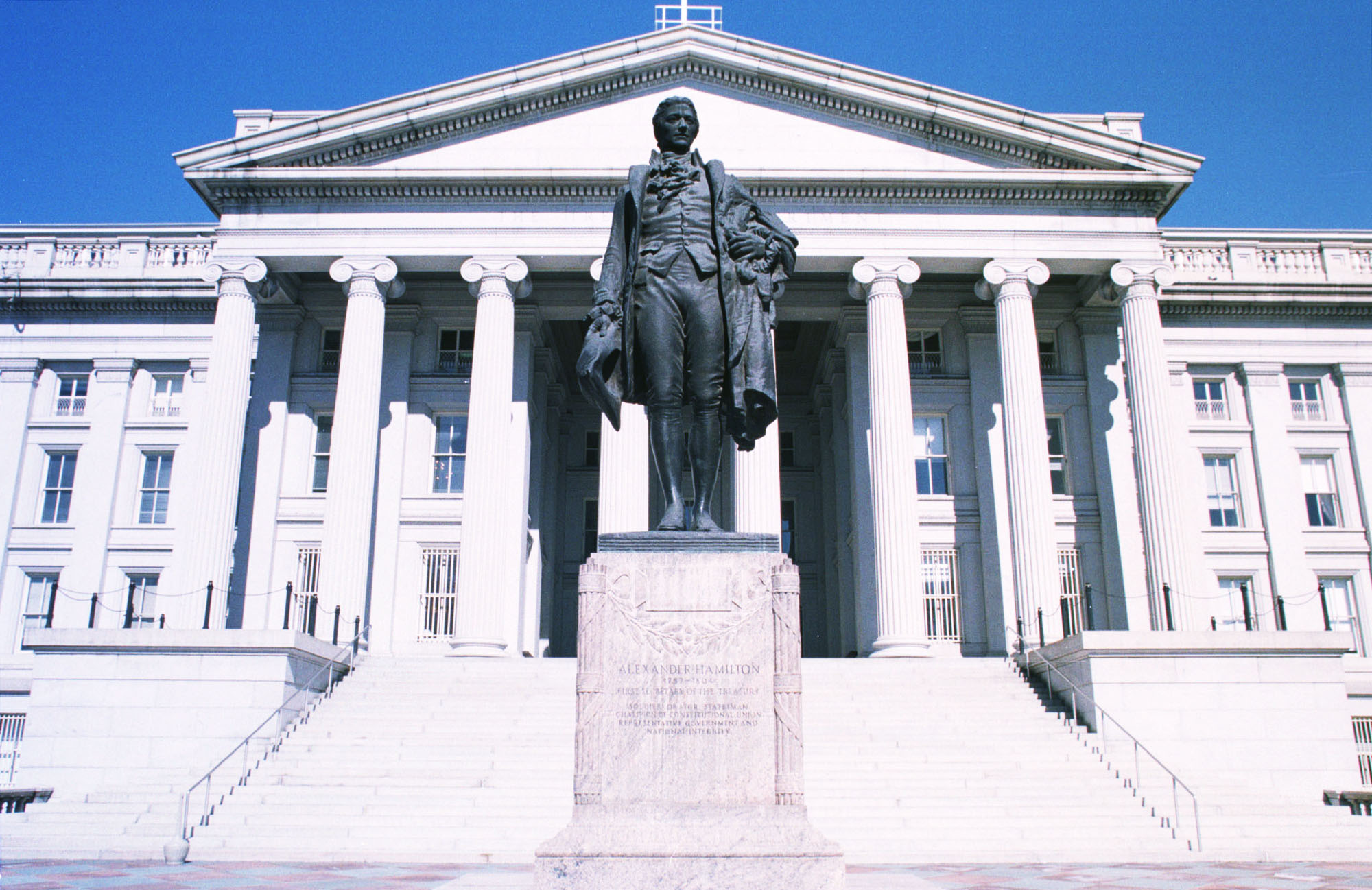
The Sculpture Of Alexander Hamilton, The First Secertary Of The Treasury, Stands In Front Of The Treasury Department Building In Washington Dc, February 22, 1999. (Alex Wong/Getty Images)
The order notes that in the middle of the last century, the federal government began replacing “traditional designs for new construction with modernist ones” and openly discouraged the deployment of classical architecture.
“The new buildings ranged from the undistinguished to designs even GSA now admits many in the public found unappealing,” the order states. “In Washington, D.C., new Federal buildings visibly clashed with the existing classical architecture.”
Specifically, the order blasts the modernist designs of the Hubert H. Humphrey Department of Health and Human Services Building, the Robert C. Weaver Department of Housing and Urban Development Building, the San Francisco Federal Building, the Salt Lake City Federal Courthouse, and the George C. Young Federal Courthouse.
“The resulting Federal architecture sometimes impresses the architectural elite, but not the American people who the buildings are meant to serve,” the order states. “Many of these new Federal buildings are not even visibly identifiable as civic buildings.”
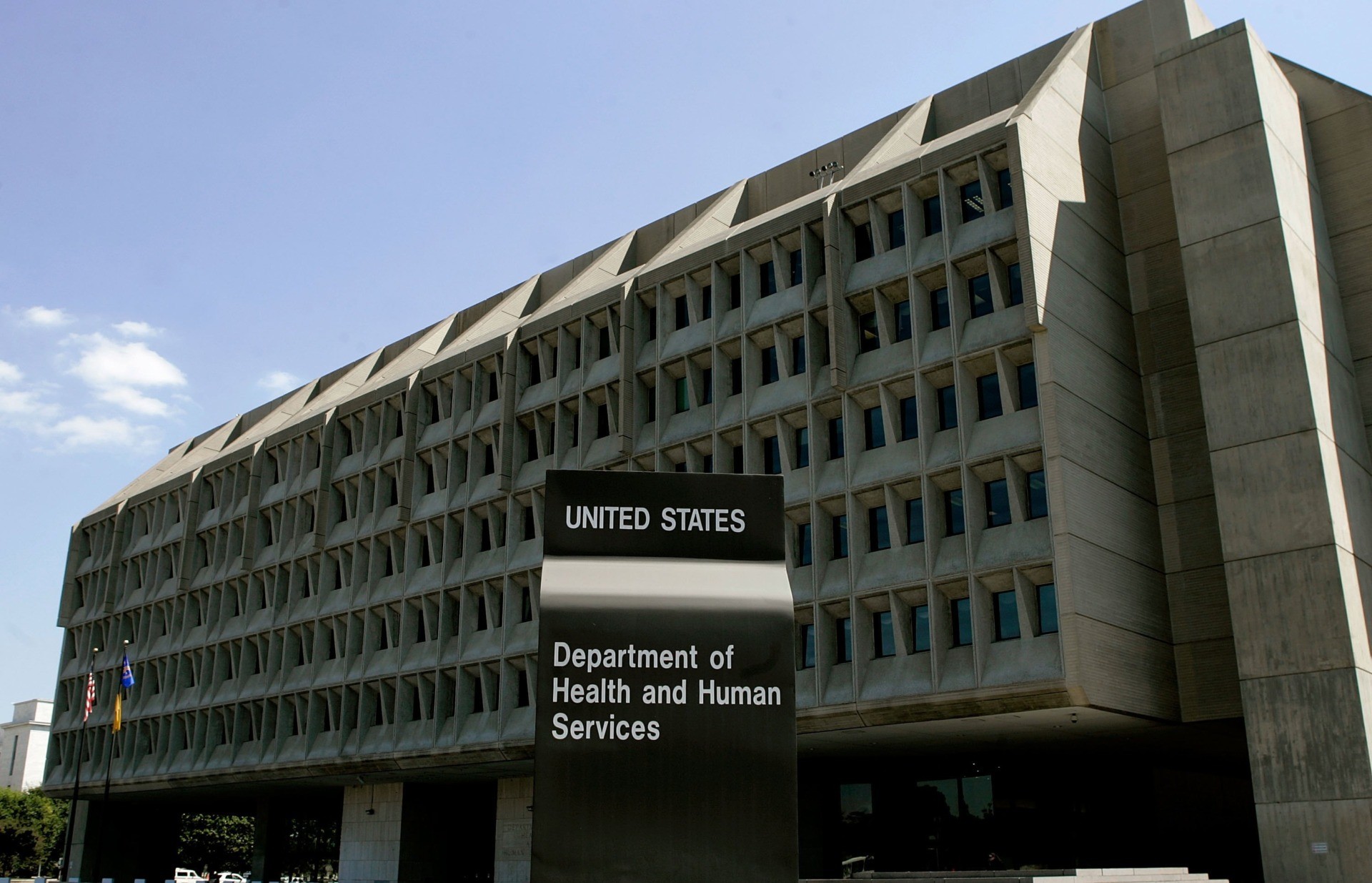
The U.S. Department of Health and Human Services building is shown August 16, 2006 in Washington, DC. (Mark Wilson/Getty Images)
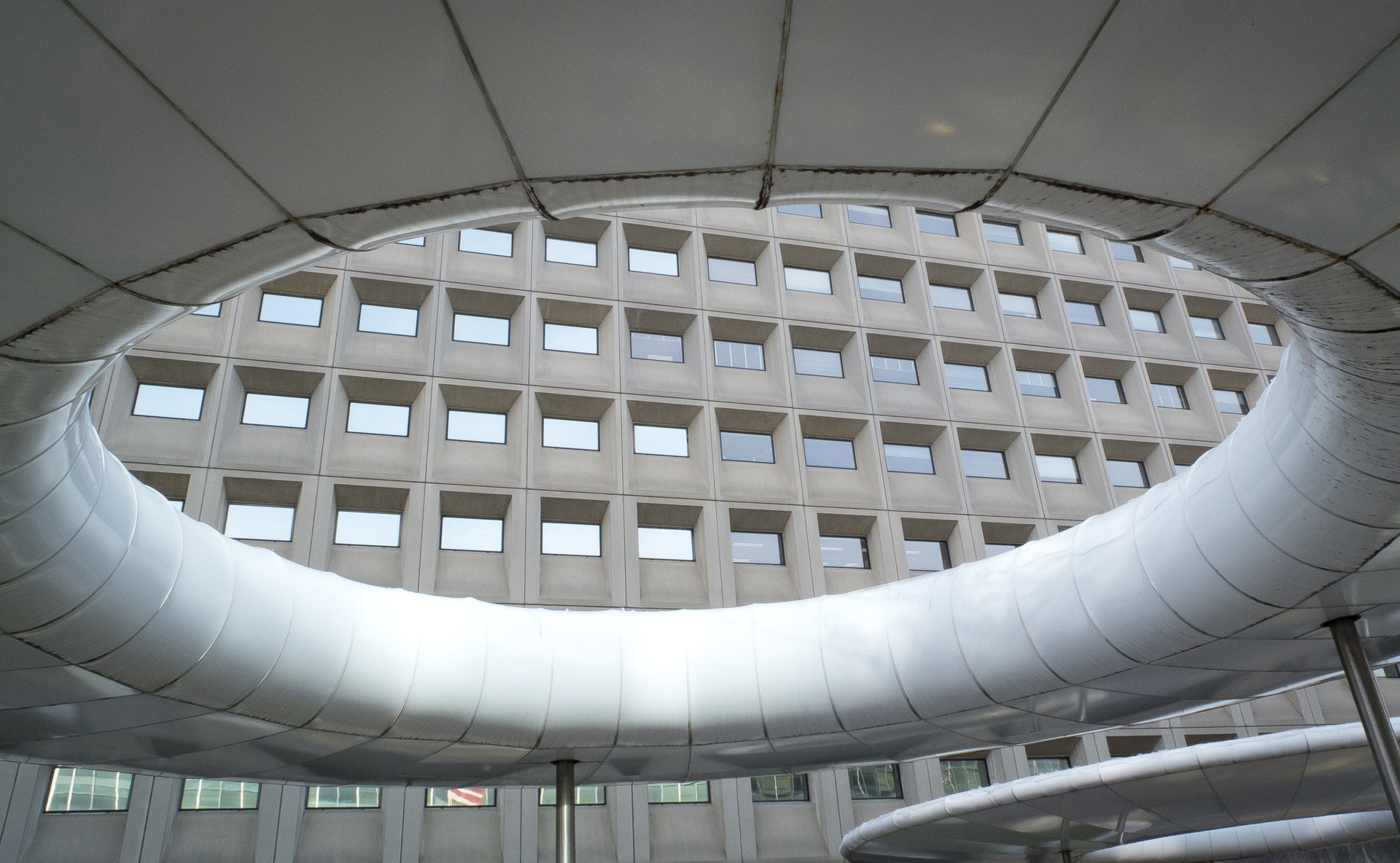
An architectural detail of the Robert C. Weaver Federal Building, headquarters of the U.S. Department of Housing and Urban Development photographed in Washington on April 13, 2014. The building designed by internationally known architect Marcel Breuer is a prime example of Brutalist architecture. (MLADEN ANTONOV/AFP via Getty Images)
Federal buildings constructed in the future, the order states, will need to follow classical architectural codes and fit with the traditional character of their surroundings:
It is time to update the policies guiding Federal architecture to address these problems and ensure that architects designing Federal buildings serve their clients, the American people. New Federal building designs should, like America’s beloved landmark buildings, uplift and beautify public spaces, inspire the human spirit, ennoble the United States, command respect from the general public, and, as appropriate, respect the architectural heritage of a region. They should also be visibly identifiable as civic buildings and should be selected with input from the local community. [Emphasis added]
Classical and other traditional architecture, as practiced both historically and by today’s architects, have proven their ability to meet these design criteria and to more than satisfy today’s functional, technical, and sustainable needs. Their use should be encouraged instead of discouraged. [Emphasis added]
Encouraging classical and traditional architecture does not exclude using most other styles of architecture, where appropriate. Care must be taken, however, to ensure that all Federal building designs command respect of the general public for their beauty and visual embodiment of America’s ideals. [Emphasis added]
The order also applies to existing federal buildings that will be rebuilt or redesigned and demands that community members are involved when architects are considering the design.
A panel, as ordered, known as the President’s Council on Improving Federal Civic Architecture will be established at the order’s date of enactment to ensure that provisions of the order are being properly followed.
When non-classical architectural styles are considered for federal buildings, the order requires that the president is notified as well as ” a detailed explanation of why the administrator believes selecting such design is justified, with particular focus on whether such design is as beautiful and reflective of the dignity, enterprise, vigor, and stability of the American system of self-government as alternative designs of comparable cost using preferred architecture.”
The National Civic Art Society (NCAS) praised Trump’s order as overdue.
“Americans have long understood that classical architecture is not only beautiful, it embodies the key values of our representative government,” NCAS President Justin Shubow. “Such distinguished and inspiring buildings connect us to our heritage and are associated with the continuity, equality, and openness essential to a functioning republic.”
“On Friday, President Trump stood firm for tradition and beauty in public architecture, and for the heartfelt desires of the American people,” Shubow said.
First Lady Melania Trump, in her renovation of the White House’s tennis pavilion, was guided by the residence’s classical architectural style and drew inspiration with its Doric columns and fanlight windows.
John Binder is a reporter for Breitbart News. Follow him on Twitter at @JxhnBinder.
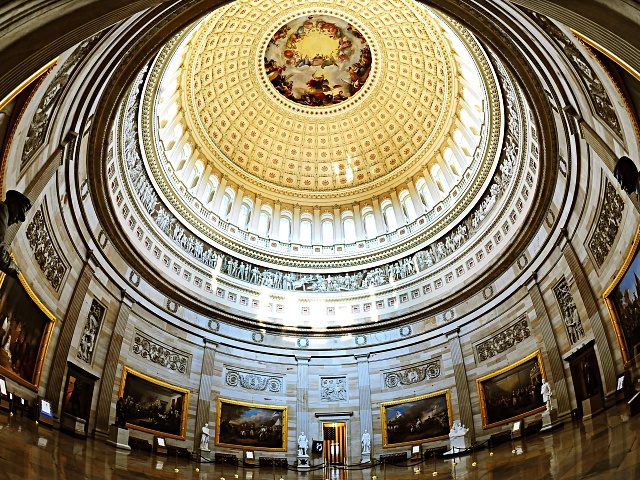
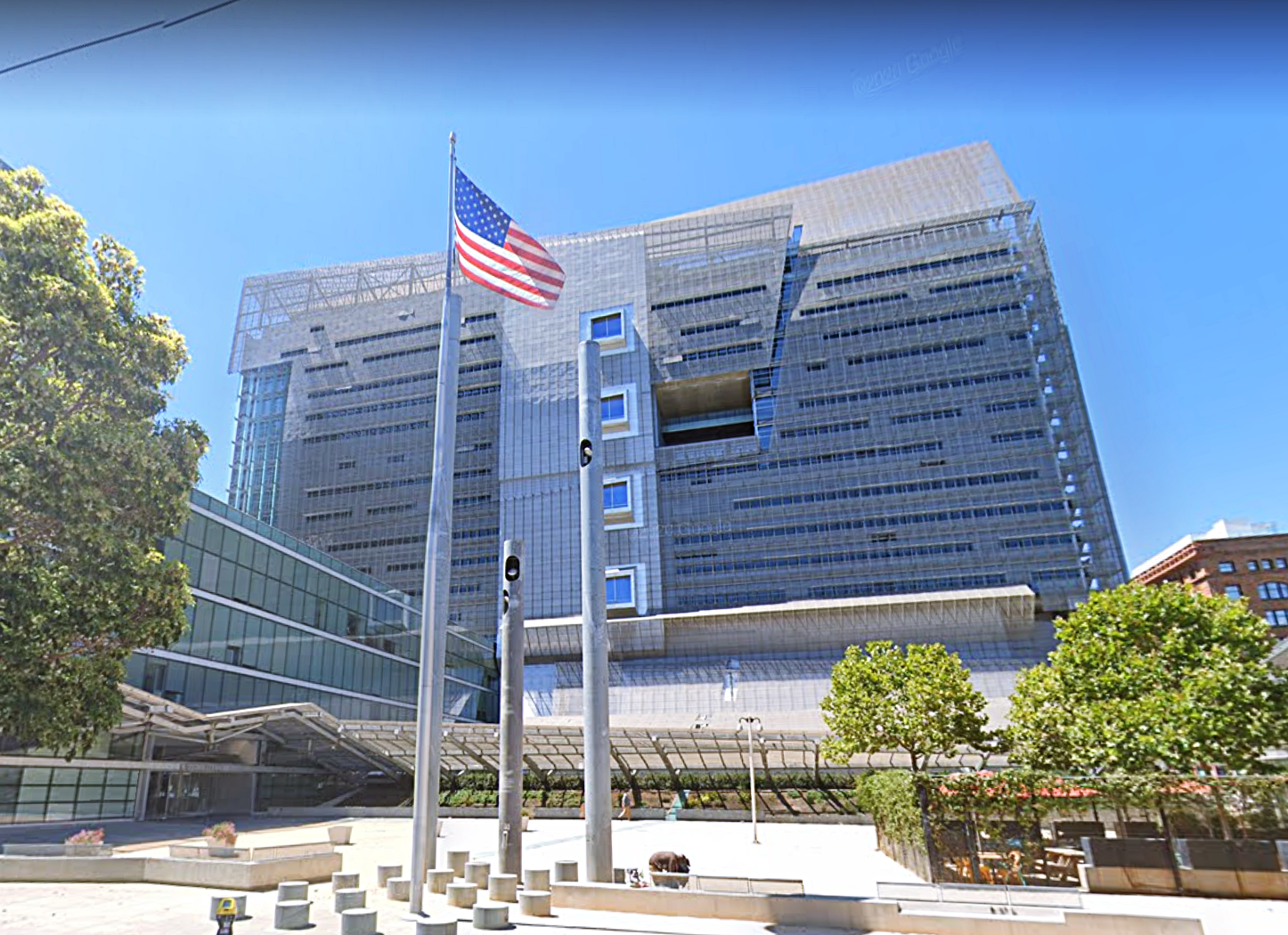
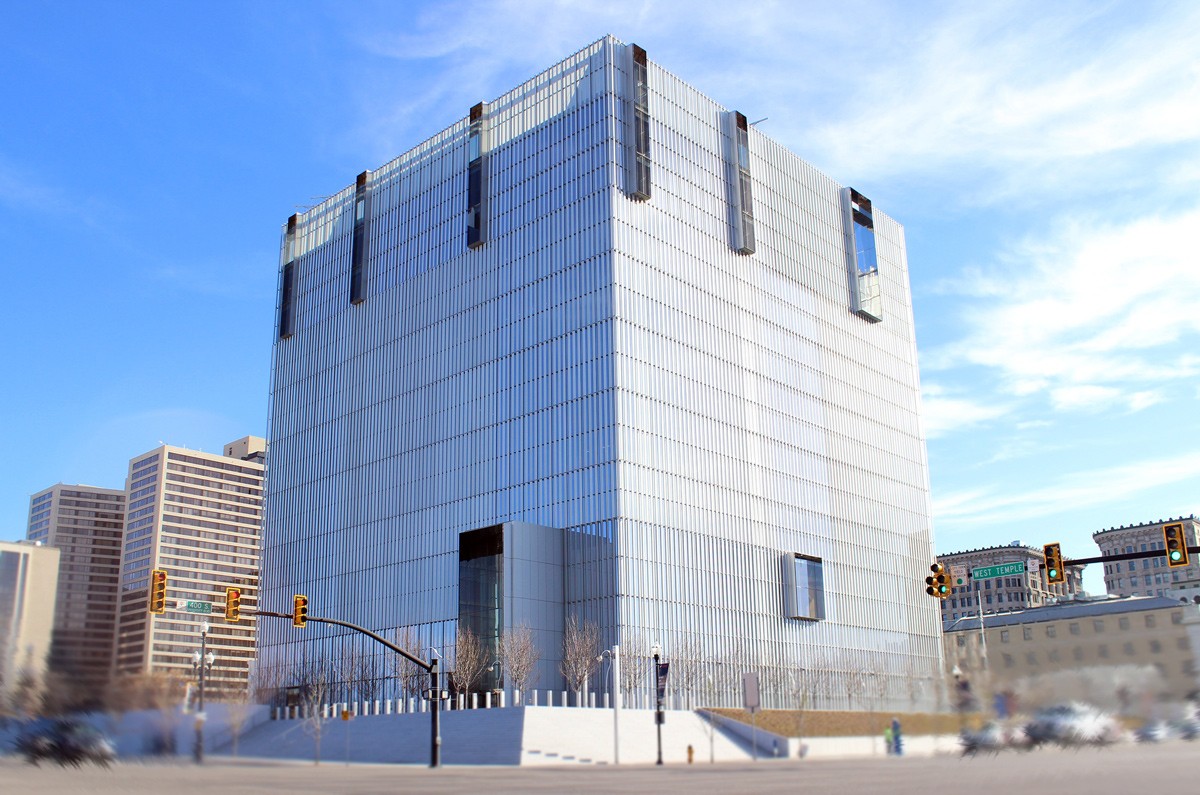
COMMENTS
Please let us know if you're having issues with commenting.